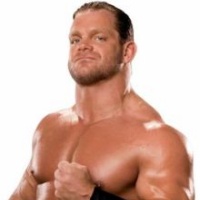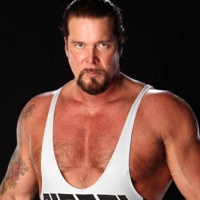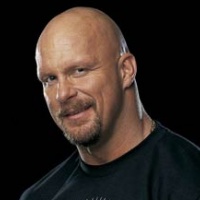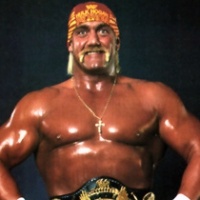
The King of Trios Retrospective: Day 1
August 24th, 2012 Posted by Gavok
Starting September 14th and ending September 16th, CHIKARA Pro, my favoritest wrestling organization, is holding their 6th annual King of Trios tournament. I’ve discussed CHIKARA at length before and even wrote up a primer guide to explain it to new folks. It’s an independent wrestling company and wrestling school headed by Mike Quackenbush, focusing on international styles, incredibly strong storytelling, over-the-top gimmicks and a lot of inspired comedy.
The King of Trios is an evolved version of CHIKARA’s previous big tournament, Tag World Grand Prix. Tag World, which occurred three times before being shelved and then coming back once again in 2008, was a massive tag team tournament filled with CHIKARA students, CHIKARA regulars, teams from other organizations and even other countries. In 2006, the team of Chris Hero and Claudio Castagnoli won, crowning them the first ever Campeones de Parejas (tag team champions). The company decided to move forward on the concept. The tag tournament was cool, but not exactly too out there. They needed to go further and really grasp the company’s unique identity.
And so, in 2007, from February 17th to 19th, CHIKARA started off their sixth season with the King of Trios tournament. Three days long, the tournament featured sixteen teams of three battling it out for supremacy. Teams were put together based on friendship, experience, style or being part of the same outside organization. It was a strong show and every tournament since has been a highlight to the company. As I’ve said before, it’s less about being a wrestling event and more about celebrating wrestling in general.
I’m going to this year’s show, being my fourth King of Trios weekend. To hype it up a bit, I’m going to be doing a daily series of articles about the show’s history. For each year, I’ll spend one day getting caught up on the card and then an article for each night of the show. Then a little finale to talk about this year’s tournament, meaning 21 days worth of stuff.
All King of Trios shows are available at Smart Mark Video in the forms of DVD ($15), mp4 ($12) or streaming ($10). They’re all worth checking out.
So let’s start off with 2007.
The Story Thus Far…
Season 5 ended with the Kings of Wrestling (Chris Hero and Claudio Castagnoli) losing the Campeonatos de Parejas to their protégés FIST (Icarus and Gran Akuma). Hero blamed Claudio, who was also leaving the company due to signing with the WWE. Hero and FIST turned on Claudio and attacked him until Mike Quackenbush and the other tecnicos came to the rescue. Quack gave Claudio a nice sendoff, but unfortunately, Claudio’s WWE career ended before it could even begin due to some contract snafu.
The Young Lions Cup tournament was won by Arik Cannon, who defended the trophy regularly until a surprise loss to “Canadian Dynamite” Max Boyer. Cannon, in a fit of rage, attacked the referee and got suspended indefinitely. Boyer continued to defend the trophy and remained unbeaten.
During the Tag World Grand Prix tournament, Hallowicked’s partner UltraMantis Black was injured and a random draw replaced him with the ever-lovable madman Delirious. The two made for quite the team and became known as Incoherence, with Delirious turning Hallowicked fully to the tecnico side of the good/evil spectrum. UltraMantis hated this and started a new group to combat them called the Order of the Neo-Solar Temple. Along with CHIKARA veteran Blind Rage, they went to war with Incoherence. Incoherence joined forces with fan-favorite duo Cheech and Cloudy (Up in Smoke) and defeated the Order at the season finale.














